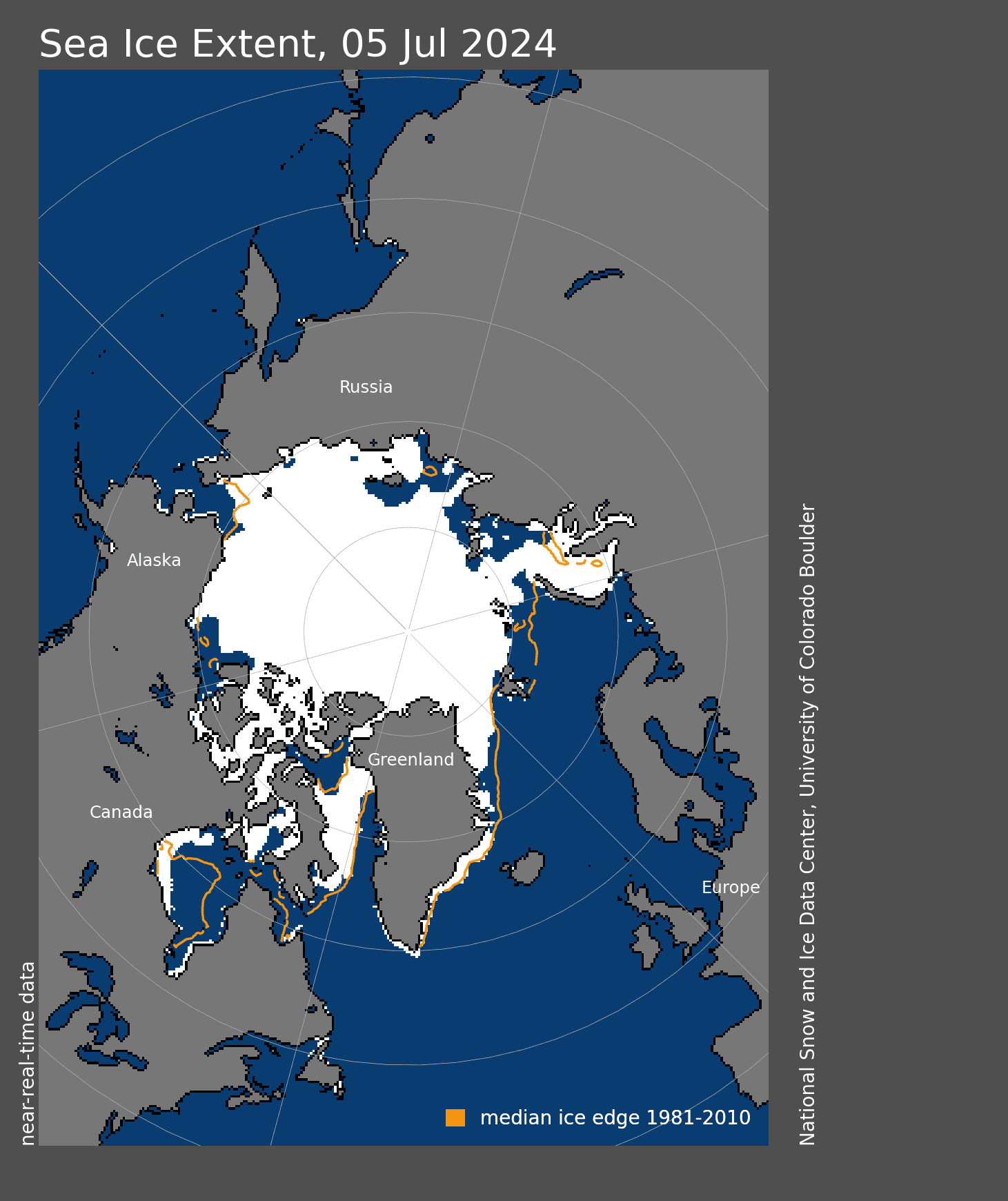- Banned
- #41
You can now sail around the pole....

You could do it way back in 1903 through 1906 too!
No you could not, you stupid liar. It took Amundsen three years to get an 87 ton herring boat through the Northwest Passage.
The American Experience | Alone on the Ice | People & Events | Roald Amundsen
In 1903 he established himself as a sailor and explorer of the first order when he successfully led a 70-foot fishing boat through the entire length of the Northwest Passage, a treacherous ice-bound route that wound between the northern Canadian mainland and Canada's Arctic islands. The arduous journey took three years to complete as Amundsen and his crew had to wait while the frozen sea around them thawed enough to allow for navigation. Soon after his return to Norway, he learned that Englishman Ernest Shackleton was setting out of an attempt to reach the South Pole. Shackleton would be forced to abandon his quest a mere 97 miles short of the Pole. Amundsen studied all he could of Shackleton's attempt and began the long process of preparing for his own. He was as highly regarded for his skills in organization and planning as he was for his expertise as an explorer. Amundsen, who was thought to be "taciturn under the best of circumstances," took special measures to be sure members of his crew possessed personalities suitable to long polar voyages. Crew members onboard his ships knew he was firm but fair, and affectionately referred to him as "the chief."
There you go with that childish "liar, liar pants on fire crap" Did you ever think that maybe they got lost a few times. Read his book sometime it's quite good.

